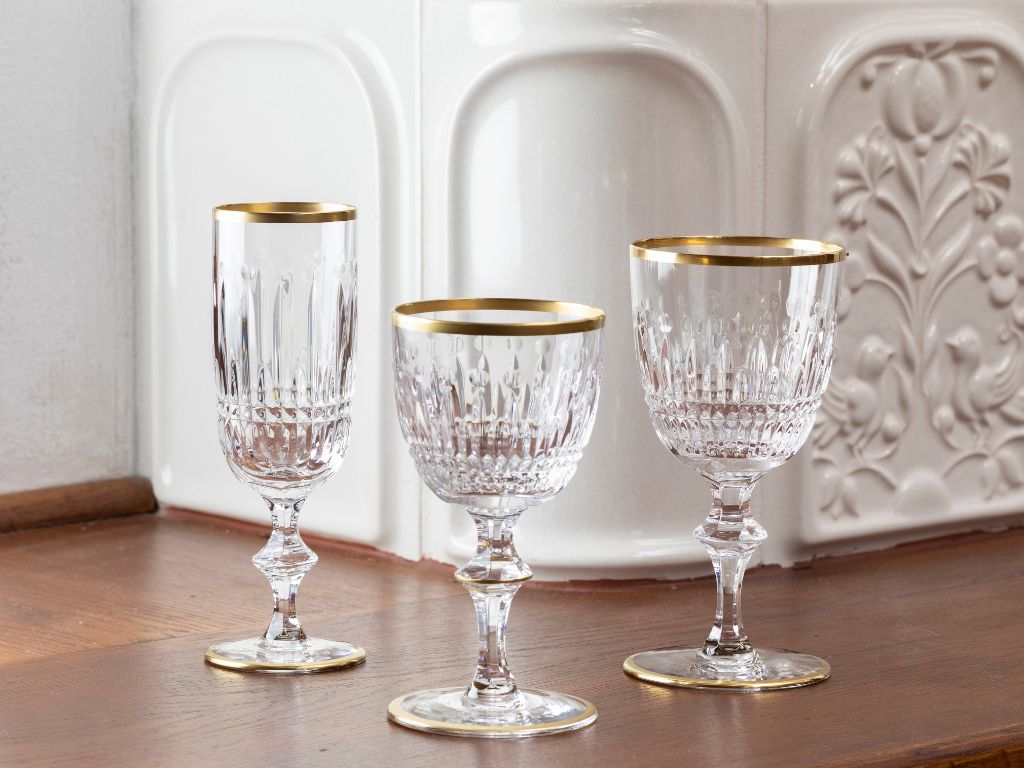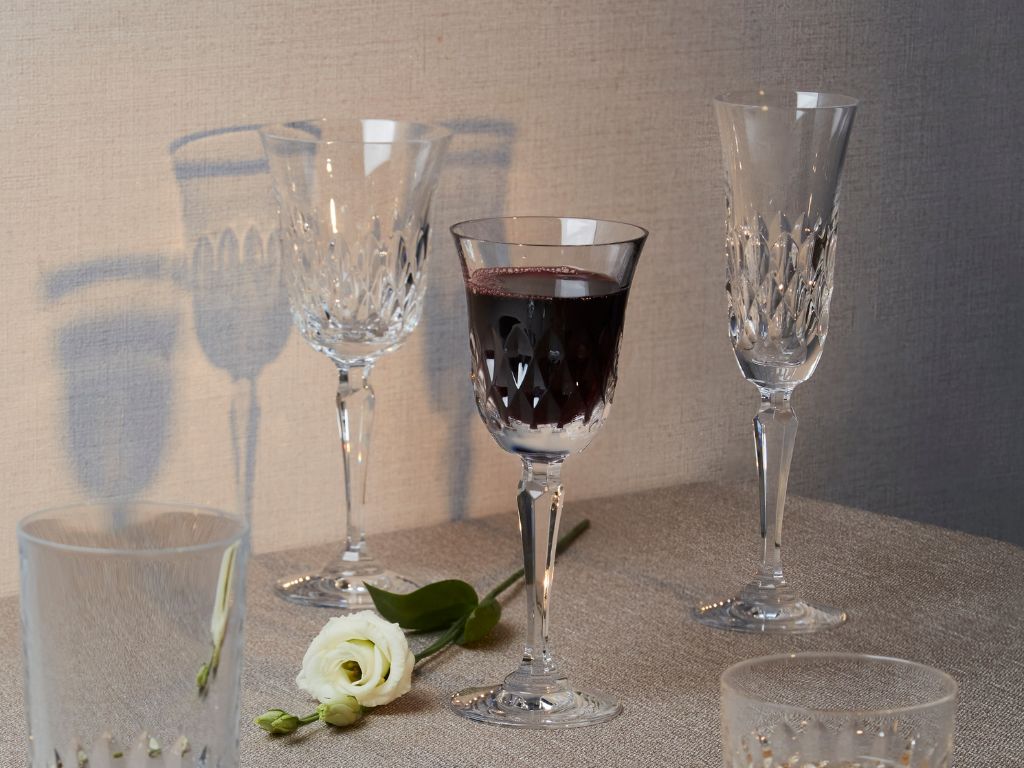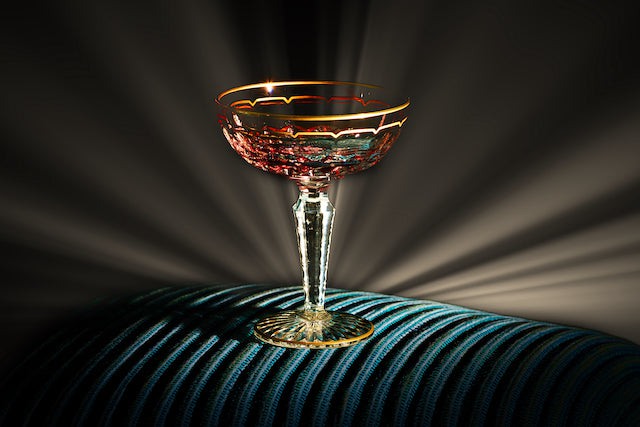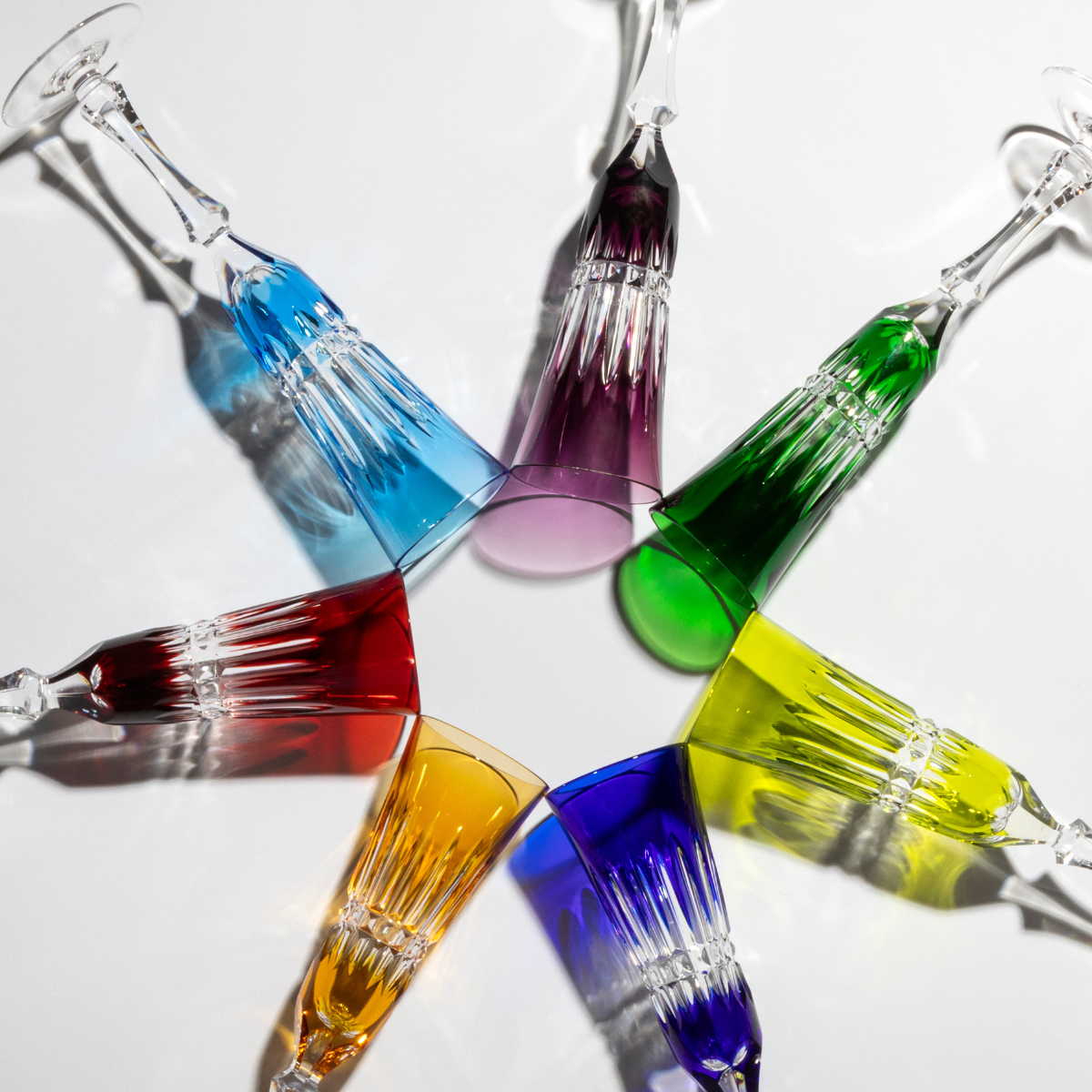
TRANSITIONAL
Synonymous with timelessness, transitional offers a perfect balance between tradition and innovation.

One of the most popular in the contemporary world, transitional style is defined as an in-between, the perfect middle ground between all the major design styles. It's the perfect mix of traditional elegance and contemporary lines and textures, making it a versatile style that can be found in a 5-star hotel as well as in your living room.
The style was born in the 1950s as a result of modernism. Etymologically, the prefix ‘transit-’ literally translates a transaction, a journey from one destination to another.

The transitional style is also characterised by a blend of masculine and feminine curves and lines. Its materials of choice are wood, steel, rattan and lacquer.
Finally, the colour palette of choice for this style is often made up of neutrals such as white, grey or taupe. Subtle, soft colours such as blues and greens can be added, but the visual consistency is generally consistent, even monochromatic.





